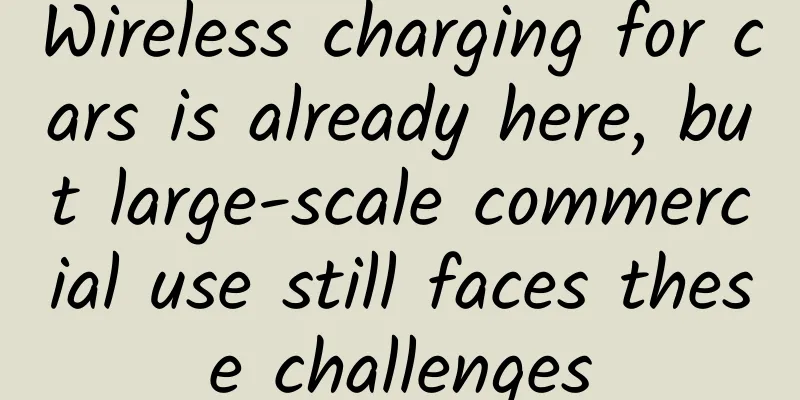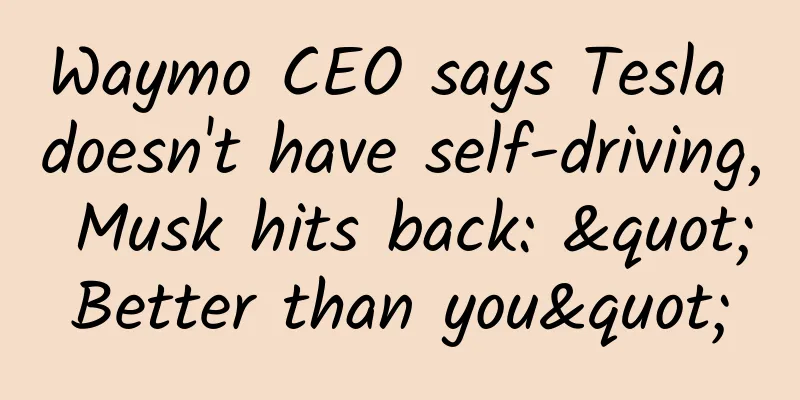Wireless charging for cars is already here, but large-scale commercial use still faces these challenges

|
Nowadays, wireless charging technology is no longer a new thing for the public. Infinite charging has been applied to many mobile phones. However, in the automotive field, wireless charging is still very rare. Currently, only a few models such as BMW 550e and Roewe Marvel X support wireless charging. There are many unique requirements for wireless charging of cars: Since electric vehicles have large batteries, the charging time must be as short as possible, so the charging system needs to have several kilowatts or even tens of kilowatts of power; the size of the charging coil should match the car as much as possible and be as light as possible; the distance of wireless charging of cars is determined by the distance between the car and the ground, which is very different from wireless charging of mobile phones; since wired charging is extremely efficient, wireless charging must achieve an efficiency of at least 85% to be commercially viable. With the promotion of electric vehicles and the advancement of power electronics and battery technology, wireless charging of cars has gradually attracted public attention. Wireless power transmission can be classified into five categories according to the transmission distance: microwave, laser, ultrasonic, electric field coupling and magnetic field coupling. These technologies can be divided into two categories: far field and near field. Far-field technology is more suitable for long-distance, low-efficiency power transmission; while near-field technology is more suitable for short-distance wireless power transmission due to its close-range and high-efficiency characteristics. If car wireless charging is divided into two categories, static wireless charging and dynamic wireless charging, they can be considered the difference between parking charging and driving charging. If we stay at static wireless charging, compared with wired charging, its main advantage is convenience. Although the efficiency of wireless power transmission has reached a relatively high level, it is still lower than wired charging. There are still some problems to be solved in static wireless charging. For example, how to detect and eliminate foreign objects in the coils at both ends of the charging? If any metal parts fall into the fallen leaves between the two coils, it may cause a fire. If there are living animals such as cats and dogs in the two coils, high-power transmission will also pose a great safety threat to the animals. Dynamic wireless charging does not have the above problems, but it is extremely expensive to implement and requires major renovation and maintenance of an entire road. The lack of technical standards has also limited the popularization of this technology. The establishment of automotive wireless charging technology standards is not only a task for the automotive field, but also requires the revision of relevant domestic and foreign electromagnetic management standards and regulations; in addition, it is necessary to report to international electromagnetic organizations at the same time to ensure that the radio waves in the relevant frequency bands will not be affected. There is no definite theory to show the extent of harm of electromagnetic radiation to the human body. However, for the public, electromagnetic radiation itself is a "sensitive word", and whether wireless charging can be accepted by the public also remains to be seen. Auto giants such as Toyota, Nissan, Honda, and BMW; suppliers such as Bosch, Qualcomm, Huawei, ZTE, and other companies have all vigorously promoted wireless charging. As a winner of Toutiao's Qingyun Plan and Baijiahao's Bai+ Plan, the 2019 Baidu Digital Author of the Year, the Baijiahao's Most Popular Author in the Technology Field, the 2019 Sogou Technology and Culture Author, and the 2021 Baijiahao Quarterly Influential Creator, he has won many awards, including the 2013 Sohu Best Industry Media Person, the 2015 China New Media Entrepreneurship Competition Beijing Third Place, the 2015 Guangmang Experience Award, the 2015 China New Media Entrepreneurship Competition Finals Third Place, and the 2018 Baidu Dynamic Annual Powerful Celebrity. |
Recommend
Things you must know about traffic, CTR, creativity and landing pages!
As we all know, the essence of information flow a...
Wild boars are spotted in many places. What should you do if you encounter one?
recent, Wild boars frequently appear in many plac...
Biden pushes for new energy vehicle development, six major U.S. utilities work together to build a charging network
The six major U.S. utility companies recently joi...
How to write a PR article that will go viral?
The company’s new product is launched, and you su...
The Sun is not what we thought it was? There is something else beyond the corona!
Scientists trace solar plasma to high-energy part...
Is superimposed infection terrible? Five common misunderstandings about respiratory diseases in one chart!
Recently, topics such as influenza, mycoplasma pn...
[Creative Cultivation Program] How dirty are your mobile phone, remote control, and bed sheets? They are like a garbage dump!
Author: Shao Menglong Reviewer: Ma Zansong, Deput...
Apple Pay's future of attracting money across the sea is uncertain, and Alibaba Terminal is the key
Soon after the launch of the new iPhone, Apple Pa...
Can you get HPV by using a public restroom? You may have some misunderstandings about HPV
In recent years, with the widespread screening of...
Musk's "Starship" launch failed, but the engine "Raptor" is still epoch-making
On April 20, 2023, the "Starship" super...
NBA basketball teaching_professional basketball teaching_NBA basketball teaching video_nba shooting teaching video
NBA basketball teaching_professional basketball t...
How to write advertising copy? 50 classic movie lines, 50 examples!
For a crazy movie collector sometimes "One l...
CATL's European factory settled in Germany and received a 31 billion yuan battery order from BMW
On the afternoon of July 9, German time, witnesse...
How to check the popularity of keywords in Baidu promotion? Is there any tool?
The keyword tool is a powerful assistant that hel...
"One Piece: Journey" lead programmer Dan Bei Leng: We want to become the team of the game king
"One Piece: Thousand Voyages" built on ...









